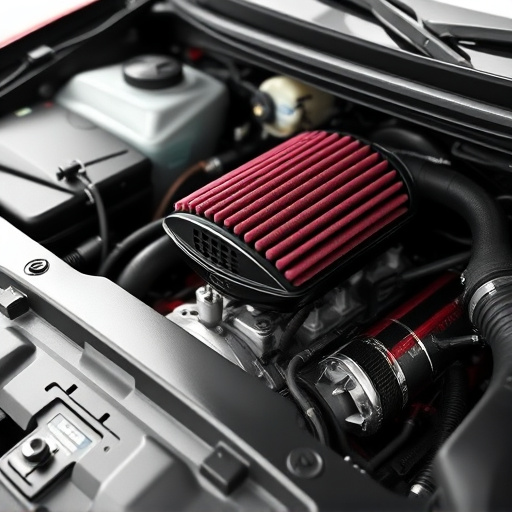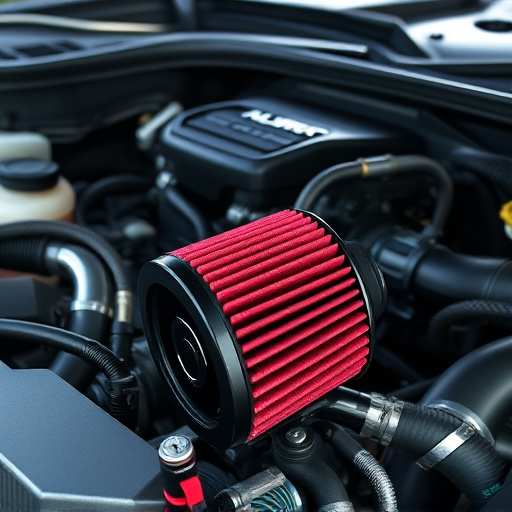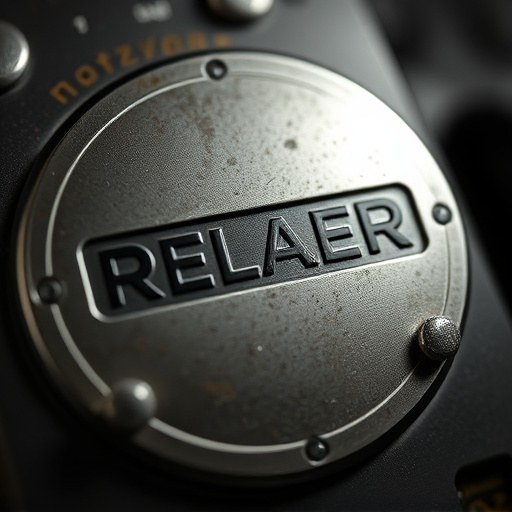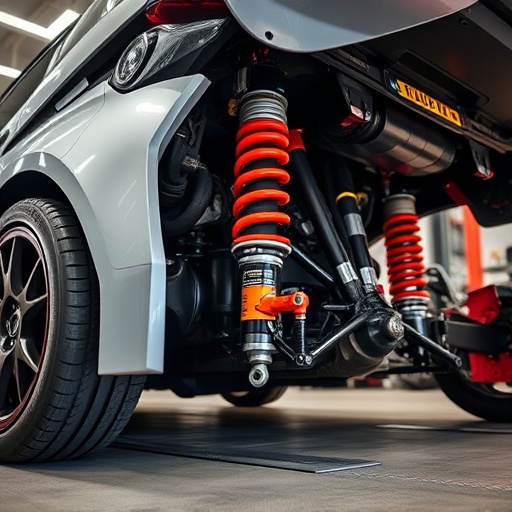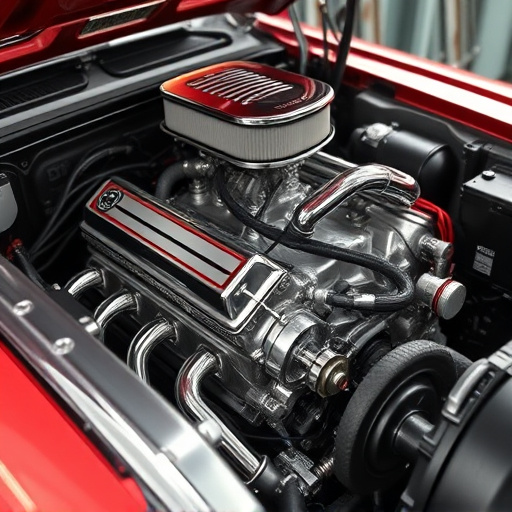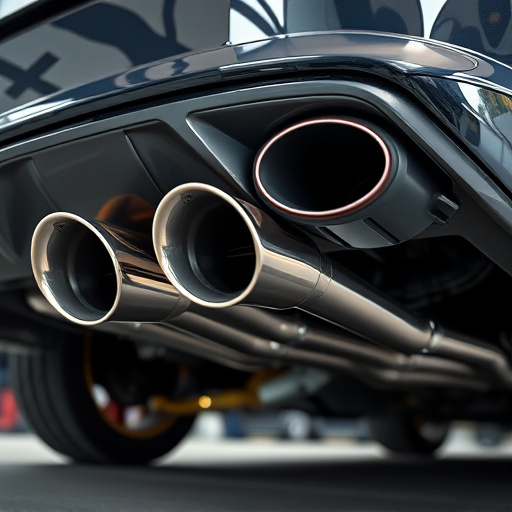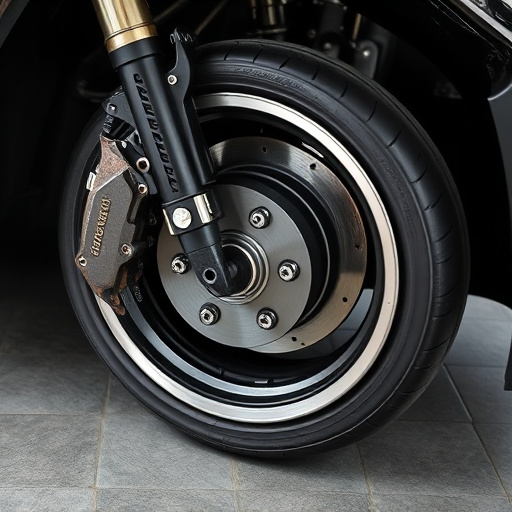Intercooler piping, a critical component in high-performance vehicles, enhances engine cooling efficiency by optimizing airflow dynamics. It minimizes turbulence, maintains stable air pressure and velocity, allowing cooler, denser air to enter the engine. This improves fuel burning efficiency, boosts horsepower, and reduces backpressure buildup in exhaust and intake systems. Strategic design also contributes to aesthetic appeal through sleek exhaust tips, making it a key element in automotive cooling system optimization.
Intercooler piping, an often-overlooked component in engine systems, plays a pivotal role in enhancing overall performance. This article delves into the intricate world of intercooler design, focusing on how its piping reduces turbulence for smoother airflow. By understanding the dynamics at play, we uncover the significant impact of efficient piping on engine health and efficiency. Explore the science behind it, from the fundamentals of airflow to the practical benefits, and discover why optimizing intercooler piping is a game-changer in various applications.
- Understanding Intercooler Piping and Its Role in Airflow Dynamics
- The Impact of Turbulence on Engine Performance
- How Efficient Intercooler Piping Design Enhances Smooth Airflow
Understanding Intercooler Piping and Its Role in Airflow Dynamics
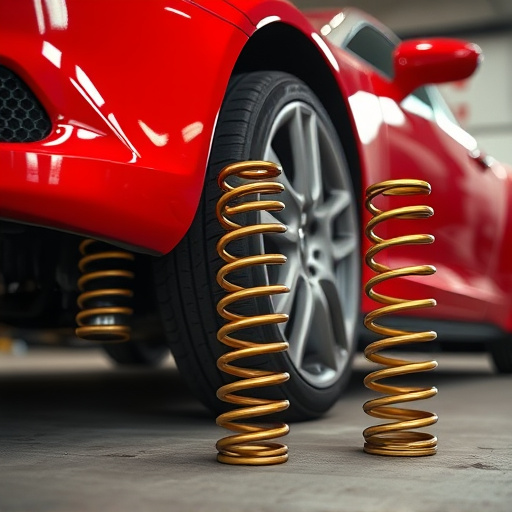
Intercooler piping is a critical component in automotive systems, particularly for high-performance vehicles and racing cars. Its primary role is to facilitate the efficient transfer of heat from the engine to the intercooler, ensuring optimal cooling. This process is crucial because it directly impacts the airflow dynamics within the engine compartment. Well-designed intercooler piping reduces turbulence, allowing for smoother air entry into the intercooler, and subsequently, into the engine.
The layout and design of intercooler piping play a significant role in maintaining stable air pressure and velocity. By minimizing turbulence, these systems enable more efficient cooling, which is essential for sustained high-performance driving. This is especially important when considering the integration with other components like exhaust mufflers and cold air intakes, as proper airflow management contributes to overall engine performance and fuel efficiency.
The Impact of Turbulence on Engine Performance
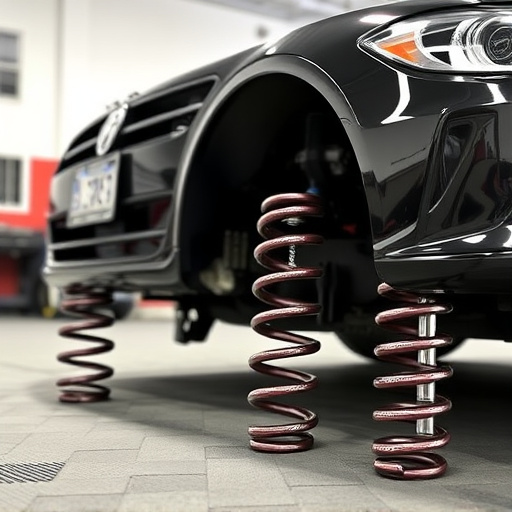
Turbulent airflow can significantly impact engine performance, creating inefficient combustion and reduced power output. Intercooler piping plays a crucial role in minimizing this effect. By optimizing the air path between the compressor and turbocharger, intercooler piping reduces turbulence, allowing cooler, denser air to enter the engine. This results in enhanced fuel burning efficiency and increased horsepower.
Think of it like this: just as smooth water flows more efficiently through pipes than choppy waves, cool, streamlined airflow performs better within an engine than turbulent air. Intercooler piping acts as the smooth interior walls of a pipe, guiding air smoothly past the engine components, including brake rotors and muffler tips, ensuring optimal performance throughout.
How Efficient Intercooler Piping Design Enhances Smooth Airflow
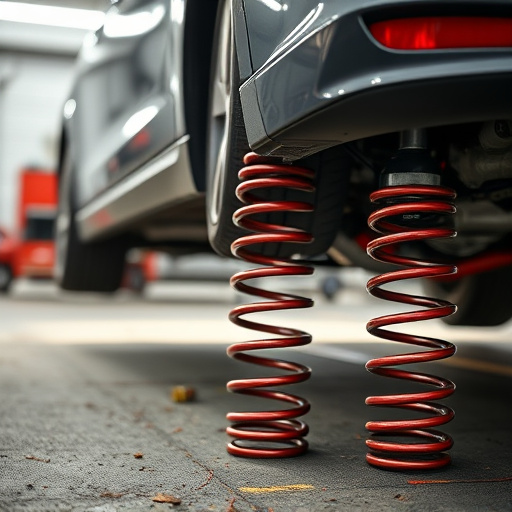
Efficient intercooler piping design plays a pivotal role in enhancing smoother airflow within automotive cooling systems. By strategically routing air through intricate networks, engineers minimize turbulence, ensuring optimal gas flow from the compressor to the turbocharger. This meticulous approach allows for better heat transfer, enabling the intercooler to quickly cool high-pressure air, which is crucial for maximizing engine performance.
The design of intercooler piping incorporates careful considerations such as diameter selection, bend radii, and valve positioning. These elements collectively contribute to reduced pressure drop across the system, preventing backpressure buildup. This not only enhances overall engine efficiency but also simplifies the integration of exhaust systems and air intake systems by minimizing restrictions at various points along the airflow path. Additionally, well-designed intercooler piping with sleek exhaust tips can further streamline the aesthetic appeal of a vehicle’s performance modifications.
Intercooler piping plays a pivotal role in optimizing engine performance by significantly reducing turbulence within the airflow system. By understanding the intricate dynamics of intercooler design and its impact on airflow, engineers can create more efficient and powerful engines. The smooth, controlled flow of air facilitated by well-designed intercooler piping ensures optimal combustion, enhancing overall engine performance and reliability.








